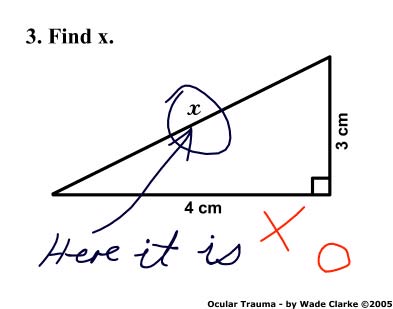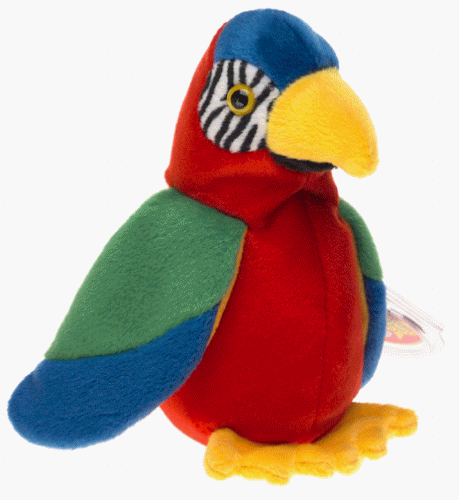Came across this courtesy of npr via John Allan. Nice post, interesting research. It got me thinking about social media, and the exuberance (now perhaps that's a collective noun for social media?) of sources available stimulate us, if we choose to be stimulated.
See what you think.
He rocks. He rolls. He sucks. He kicks. He tongues. He handles. He flips. He touches. There's not a single item in this living room that 9 month old Charles-Edward (aka Edward) doesn't explore (for a while I thought he'd ignore the chair in the upper left corner, but no...). Edward (son of Quebec City journalist/photographer Francis Vachon) is a rolling demonstration of what the neuroscientists call "synaptic exuberance." You can't see what's happening in his brain, but he is forming ten, twenty thousand new connections every second. Watch him go.
[youtube=http://www.youtube.com/watch?v=8vNxjwt2AqY&hl=en_US&feature=player_embedded&version=3]
Here's the thing about babies. When we're born, we get the brain cells we need, but the connections between cells haven't formed yet. In those first few years as we explore the world, the cells begin to link up at a dizzying pace, forming tens of thousands, even millions of new links. When you watch Edward you can almost feel it happening.
Look inside a baby brain and you can see the brain cells getting bushier with more and more links to other cells.
But the strange thing is, we babies overdo it.
All of us, not just Edward, form more connections than we need. Then, later on, (different regions of the brain do this at different times, but it goes on into our teen years) there's a strange reversal. Millions of connections start to die. Why does this happen? Why do babies have a sudden burst of synaptic exuberance around Edward's age and then start losing the connections?
Why does a child's brain demand twice the energy of an adult's brain? Why do some areas in the brain mature before others? And what about one of the most fascinating aspects of brain development — the discovery that the brain produces "too much" of various neural elements and then eliminates the excess? In some ways, this is analogous to the sculptor who begins with more material than is required and then subtracts the excess material to obtain a desired form. Unlike the sculptor, however, who eventually achieves a final form, the brain is able to undergo some remodeling throughout life.
...This way, brain circuits are created and strengthened, in part, by whatever environment and experiences the baby encounters.
This allows for a fine-tuning of neuronal circuits, based on early exposure and environmental nurturing, that makes the neuronal architecture of each person unique.
What he's saying is babies go wild making connections and then, as we grow into our preferences, our personalities, life is like a scalpel. We slowly shed what we don't need or use or want. Having watched Edward for those time lapsed four hours, it's hard to imagine what he’s going to give up later in life but he's got to give up something. We all do.
So, for example, a spell in Twitter can feel very much like young Edward's 4 hours - rolling around between information sources, picking some up, putting some down, clicking-through, retweeting, favouriting...
I'm most struck by the idea that we "go wild making connections, then as we grow in our preferences, we shed what we don't need or want".
So even though we're all significantly older than Edward (although he shares my hairline), does it still work for us when we roll, crawl or toddle around the information playroom?
Does the same principle of "shedding what we don't need or want" help us to develop a new set of preferences and personalities which can handle an explosion of information sources and stimuli without suffering overload? Or does social media do the scalpel work on our behalf, so that our synapses don't need to re-live their childhood?
I'd like to think so. That floor looked hard!








